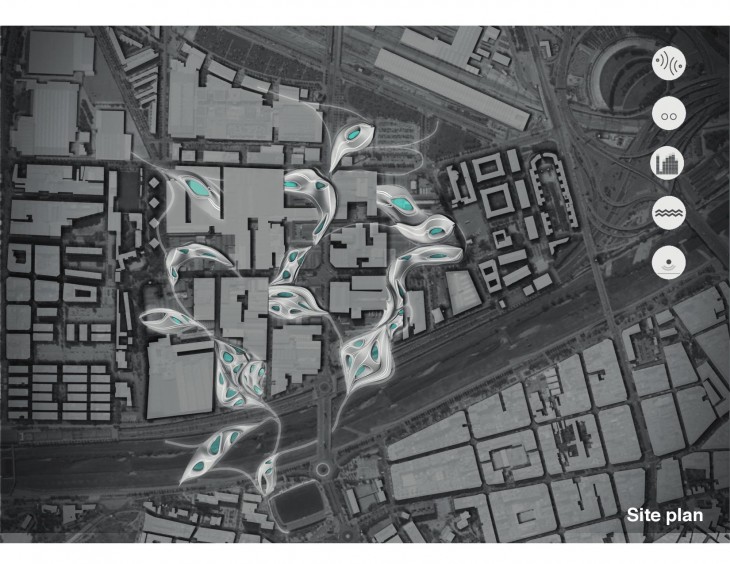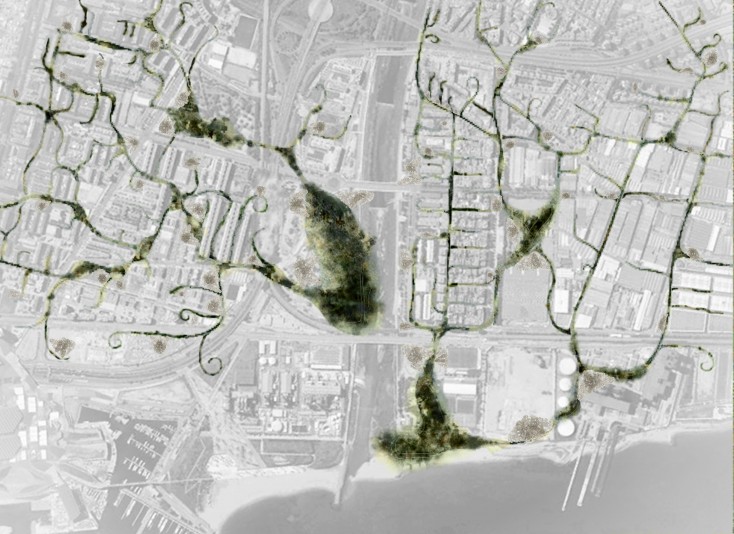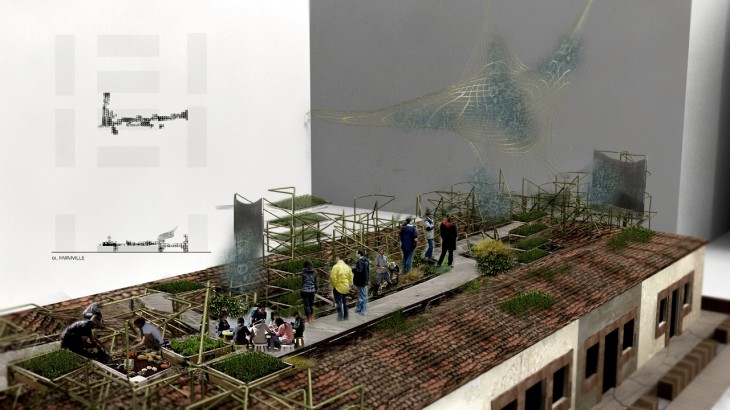The urban void as an intimate dimension and slow biological rhythm against the condition of acceleration that pervades the metropoli. The project speculates on the concept of emptiness as permeating definition of the postmodern society and the prospect of its exploitation not for capitalistic or social-oriented purposes, but for an emotional- driven experimentation apt to define the role of the urban gap as a self-generative space made of environmental matter able to stimulate and respond to the emotional level of its users, preserving at the same time the proportional detachment of the urban void within the city and its functional absence.

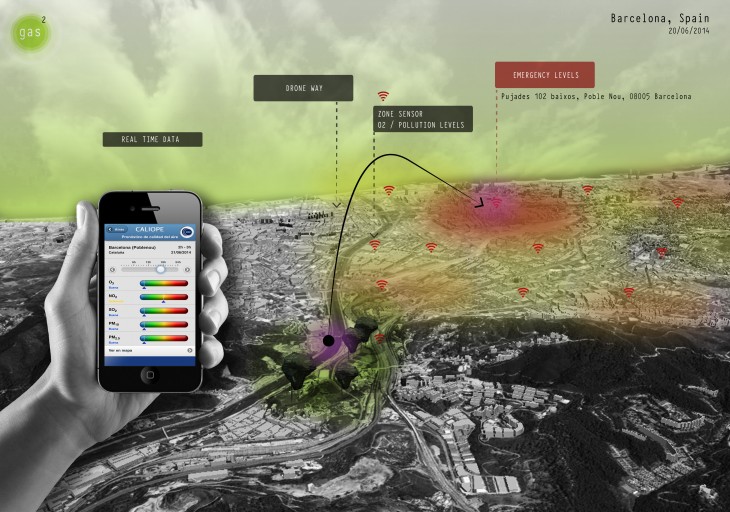
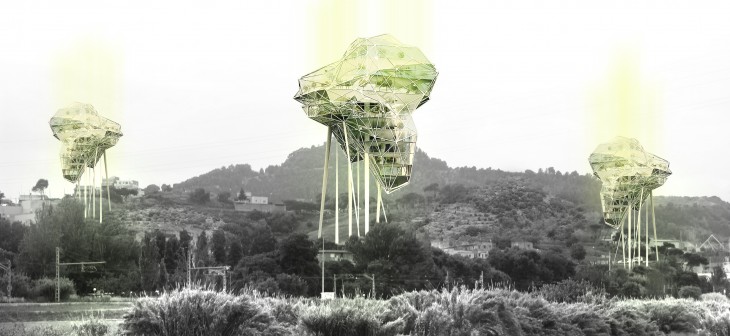 ” We can live 3 days without water, 3 weeks without food, and only 3 minutes without OXYGEN “
” We can live 3 days without water, 3 weeks without food, and only 3 minutes without OXYGEN “